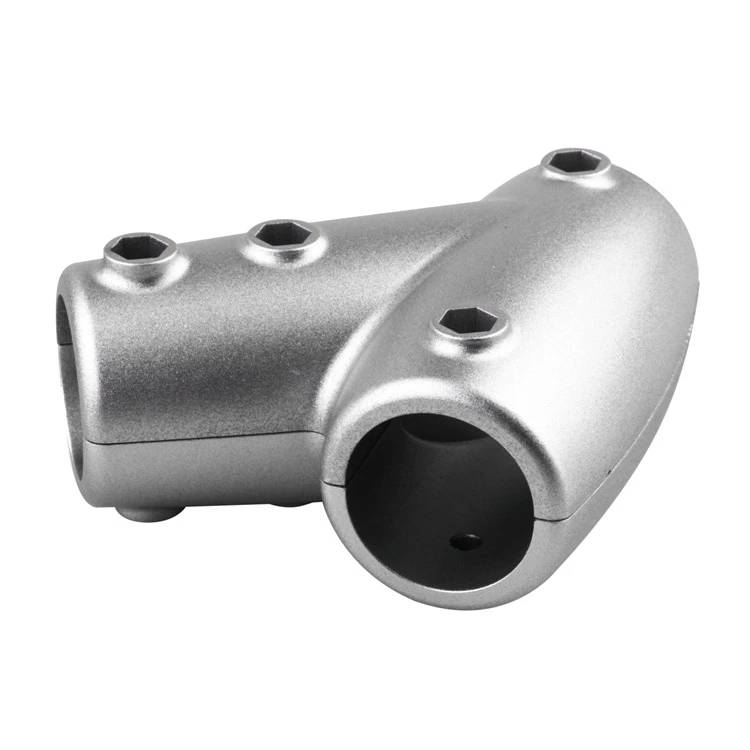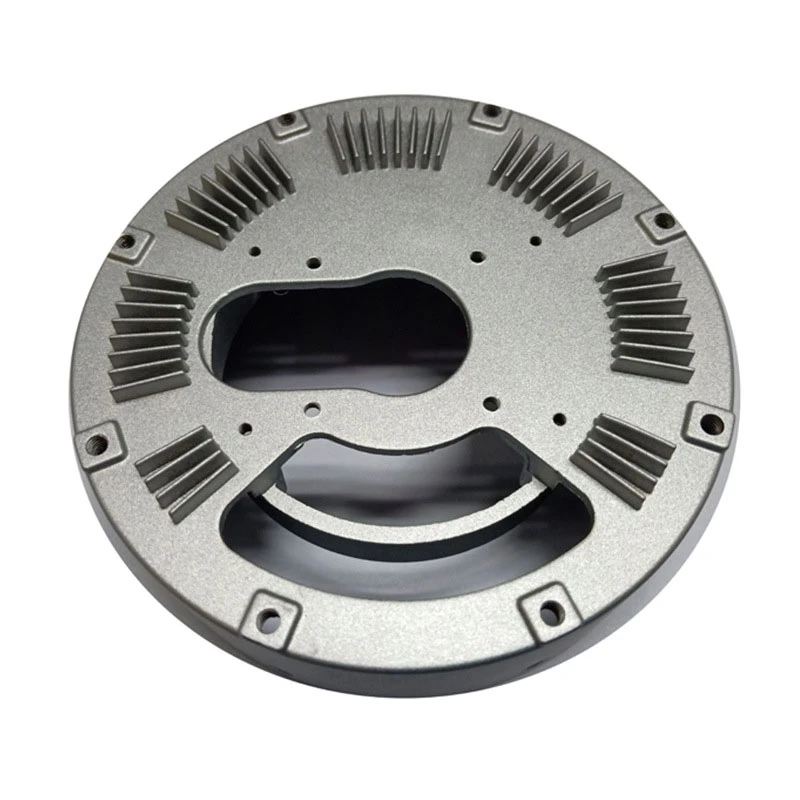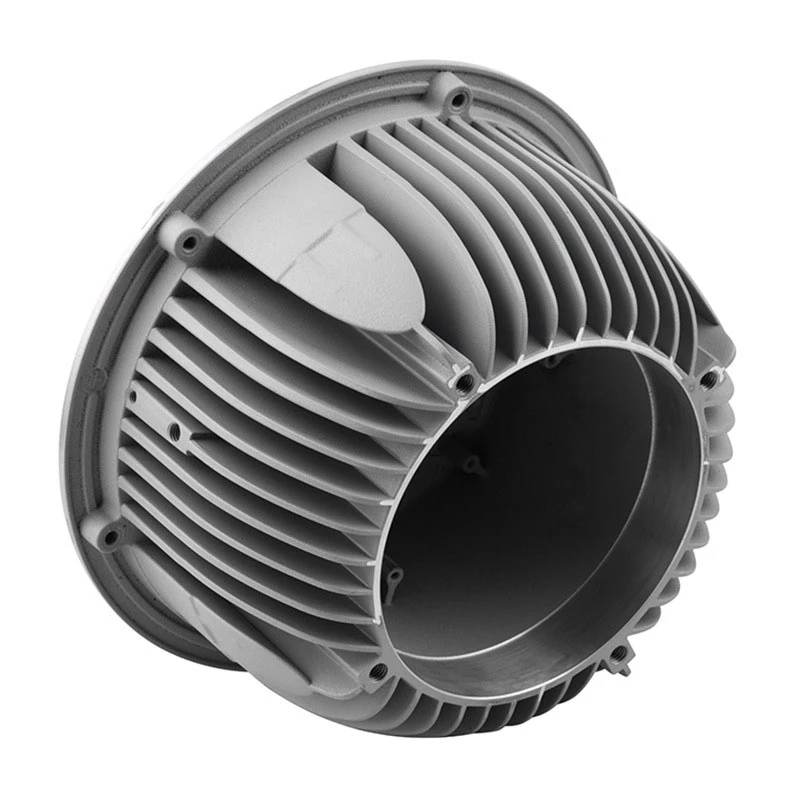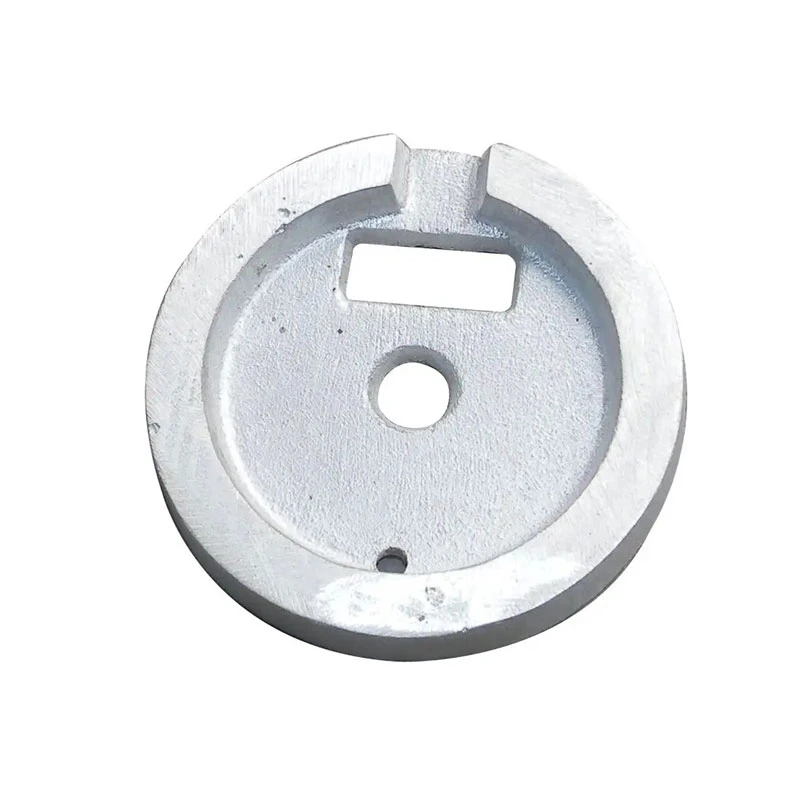metal stamping processes
Understanding Metal Stamping Processes A Comprehensive Guide
Metal stamping is a versatile manufacturing process widely used in various industries to form and cut metal sheets into specific shapes and designs. This process plays a pivotal role in producing parts for automobiles, electronics, appliances, and more. By understanding the fundamental aspects of metal stamping, businesses can enhance productivity, reduce costs, and improve product quality.
What is Metal Stamping?
Metal stamping involves the use of specialized dies and presses to shape and cut metal sheets into desired forms. The process typically encompasses several operations, including blanking, punching, bending, and forming. The choice of operation depends on the final product specifications and desired characteristics. Metal stamping can be performed on a variety of metals, including steel, aluminum, brass, and copper, making it an adaptable solution for different manufacturing needs.
The Metal Stamping Process
1. Design and Tooling The metal stamping process begins with the design phase, where engineers and designers create detailed technical drawings of the parts to be produced. This stage is crucial as it determines the specific dimensions and tolerances required. Custom dies are then manufactured based on these designs. Tooling quality directly impacts the final product's accuracy and repeatability, making it a critical factor in the stamping process.
2. Material Selection Selecting the appropriate material is essential for achieving the desired mechanical properties and surface finish. Factors such as metal thickness, strength, and ductility are considered to ensure optimal performance. High-strength steel is often used for automotive parts due to its excellent strength-to-weight ratio, while aluminum is favored for applications requiring lightweight and corrosion resistance.
3. Stamping Operations Once the tool is prepared and materials are selected, the stamping operations commence. This phase includes
metal stamping processes
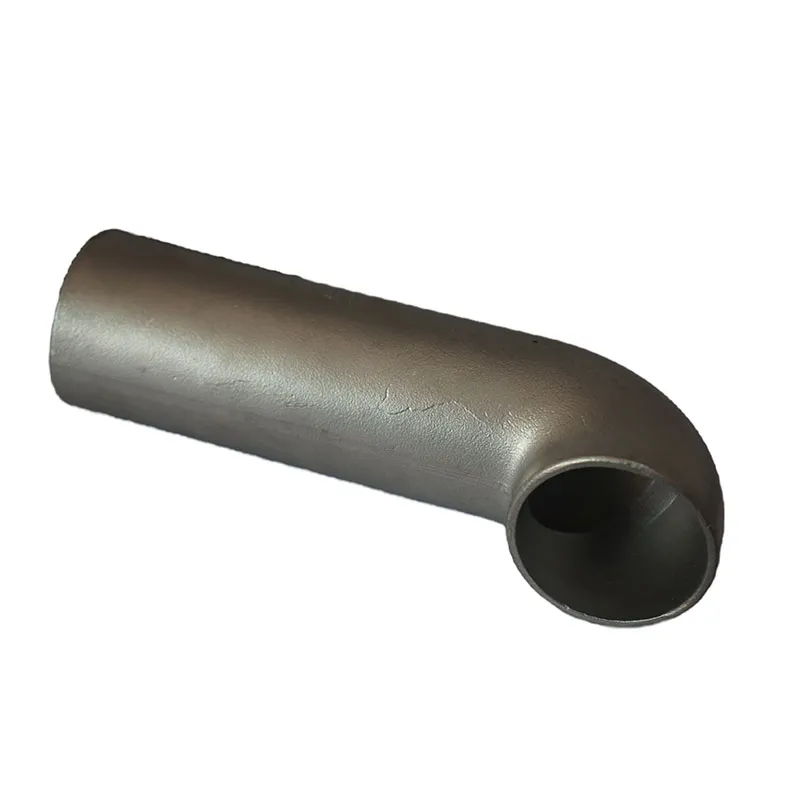
- Blanking The metal sheet is cut into flat pieces or blanks using a die. This is typically the first step in the stamping sequence. - Punching Holes and cutouts are created in the blank according to design specifications. Punching can be performed simultaneously with blanking or as a separate operation. - Bending The blank is bent along specified angles to achieve the desired shape. This operation requires precise control to maintain accuracy. - Forming This involves reshaping the metal through deep drawing or stretch forming techniques to create three-dimensional components.
4. Finishing and Quality Control After stamping, various finishing processes may be employed to enhance the product's surface quality and functionality. This can include deburring, surface coating, and welding. Quality control is also vital to ensure each component meets established specifications. Techniques such as visual inspection, dimensional checks, and non-destructive testing are employed to maintain high quality standards.
Advantages of Metal Stamping
Metal stamping offers several advantages that contribute to its widespread use in manufacturing. These include
- High Efficiency Metal stamping can produce large volumes of parts in a relatively short time, making it cost-effective for mass production. Automated processes further enhance speed and consistency. - Precision Advanced tooling and machinery enable high levels of accuracy and repeatability, which are critical for applications in industries such as aerospace and automotive. - Material Utilization The stamping process minimizes waste by producing parts directly from metal sheets, thereby optimizing material usage and reducing costs. - Diverse Applications Metal stamping is suitable for a wide range of applications, allowing manufacturers to create everything from simple brackets to complex automotive components.
Conclusion
In conclusion, metal stamping processes play an integral role in modern manufacturing, providing efficient solutions for producing high-quality metal parts. By understanding the various stages of metal stamping—from design and tooling to finishing and quality control—manufacturers can leverage this process to enhance their production capabilities and meet the demands of an evolving market. As industries continue to advance, metal stamping will remain a fundamental technique, driving innovation and efficiency across various sectors.
-
Crawler Drilling Rig - Baoding Hairun|Confined Space Drilling&Mine SafetyNewsAug.15,2025
-
Drill For Confined Spaces-Crawler Mounted Drill Rig | Crawler Drill Rig for SaleNewsAug.15,2025
-
Premium OEM Auto Parts & Stamping - Reliable ManufacturersNewsAug.15,2025
-
Crawler Drilling Rig for Confined Spaces-Baoding Hairun MachineryNewsAug.15,2025
-
Drill For Confined Spaces - Baoding Hairun Machinery And Equipment Trading Co., Ltd.NewsAug.15,2025
-
Advanced Crawler Drilling Rig - Baoding Hairun Machinery | Underground Mining SolutionsNewsAug.14,2025








